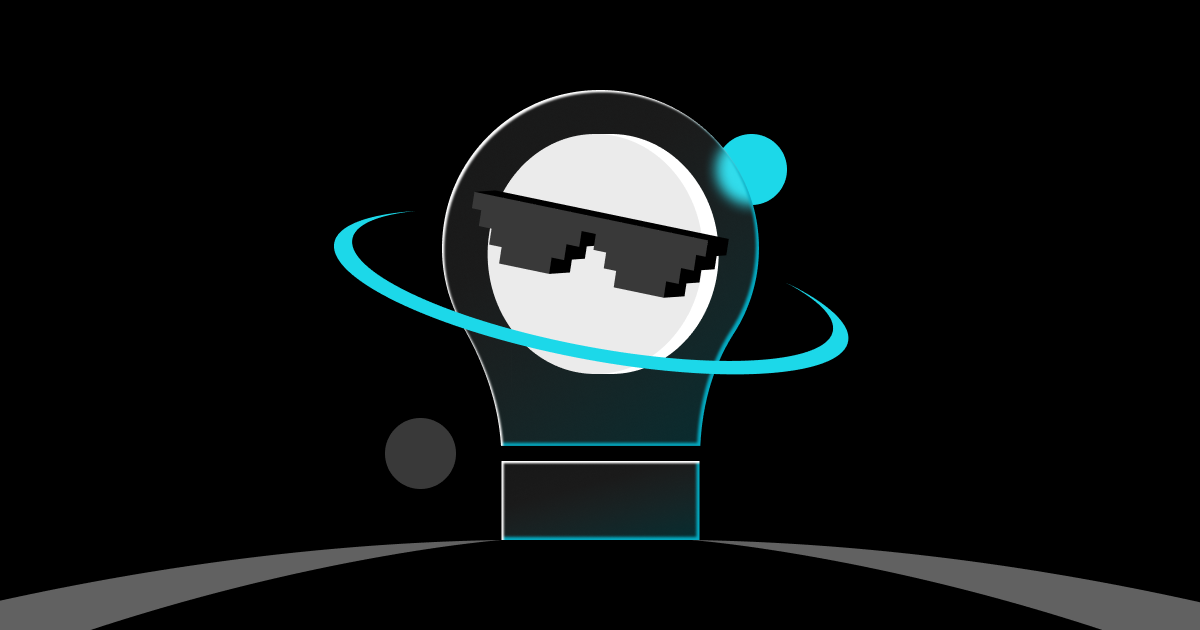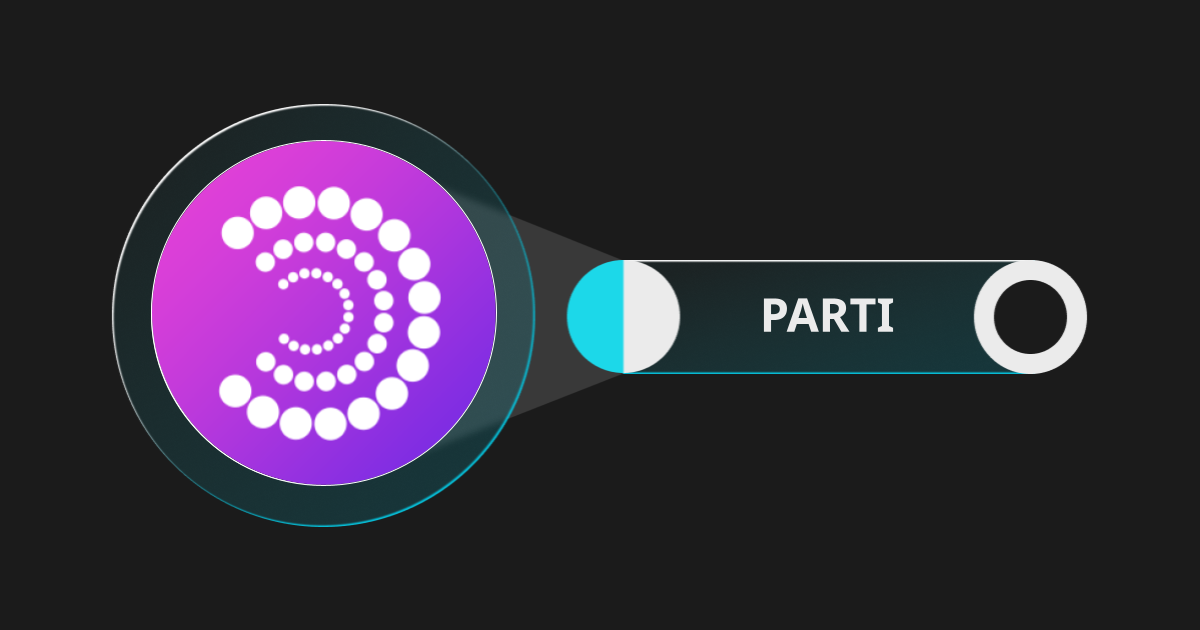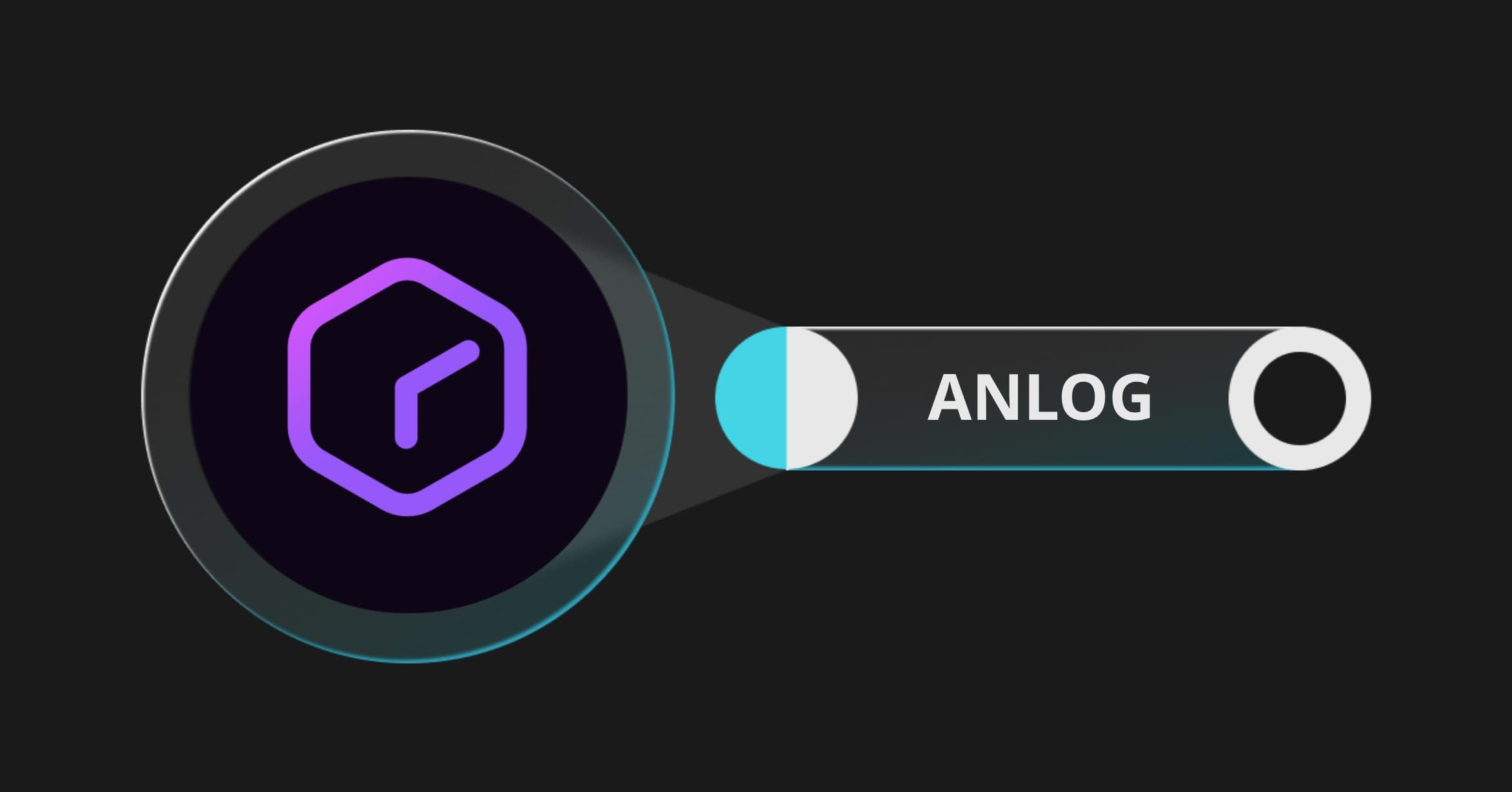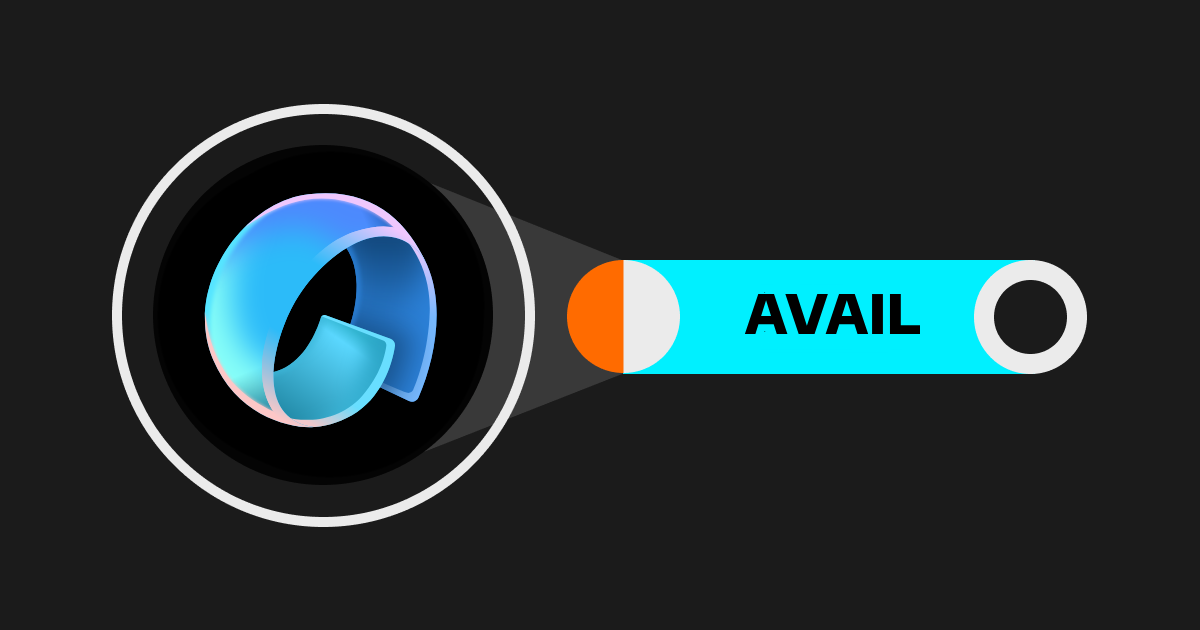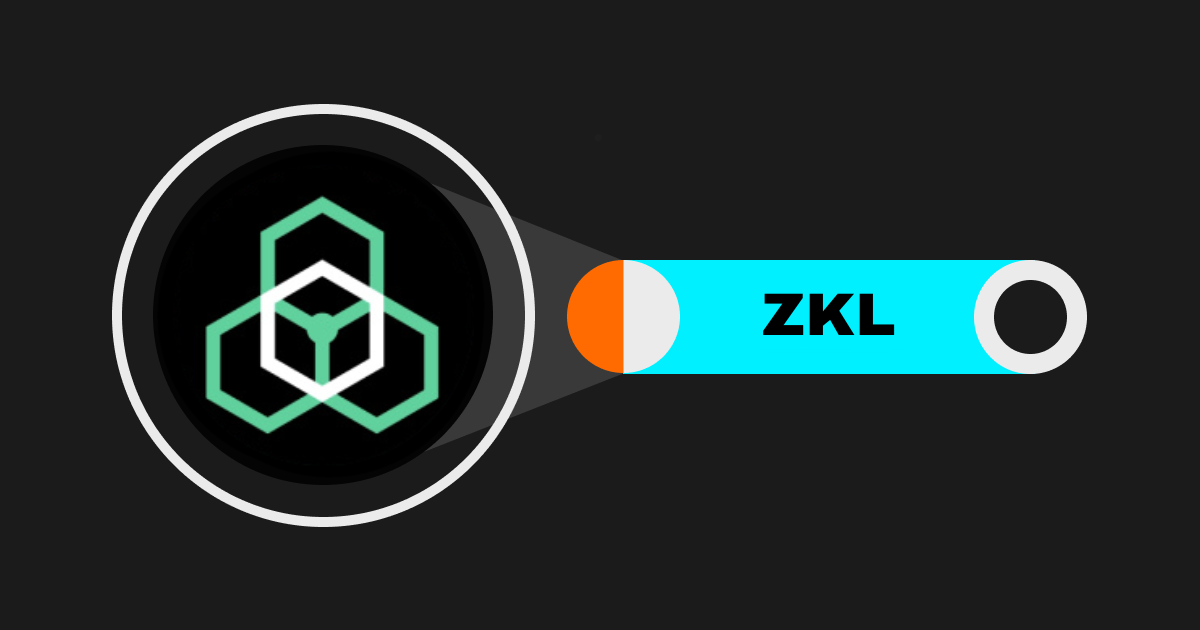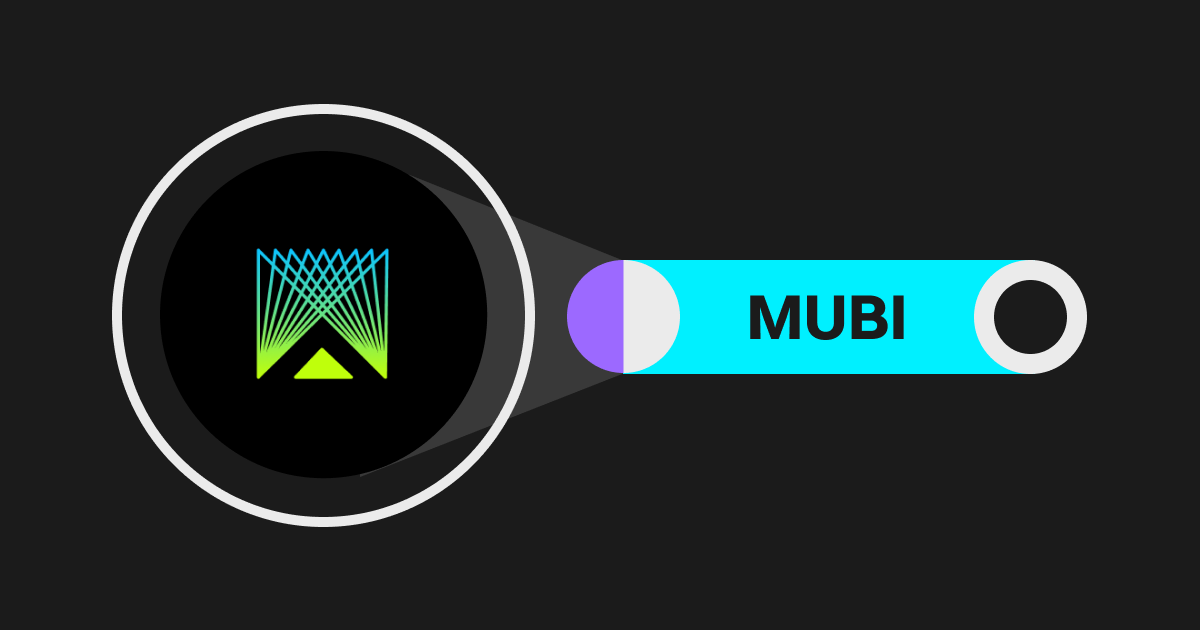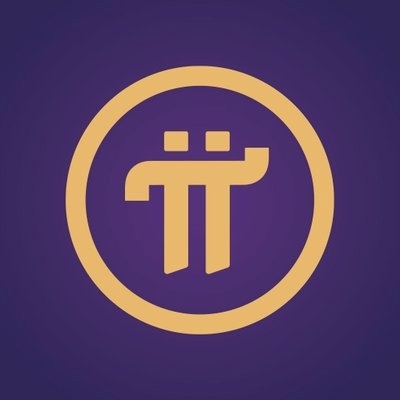What is Solayer (LAYER)? A Comprehensive Guide to Features & Use Cases
Introduction
Decentralized finance (DeFi) is transforming how users interact with blockchain technology, creating seamless, flexible pathways for trading, lending, and yield generation. Solayer (LAYER) stands at the center of this movement by building a protocol that bridges liquidity and utility across multiple blockchains. As DeFi adoption expands and the need for efficient cross-chain infrastructure grows, Solayer is attracting attention from traders, developers, and investors looking for the next big opportunity. This article explains what Solayer is, details its innovative features and tokenomics, and also examines its price outlook through 2030. Whether you’re new to crypto or an experienced investor, this guide will help you understand the role of LAYER in the evolving digital asset landscape.
What is Solayer (LAYER)?
Solayer (LAYER) is a next-generation decentralized finance (DeFi) protocol engineered to unify liquidity and enhance interoperability between disparate blockchains. Launched by a team of blockchain veterans in 2023, including CEO Angela Fong (formerly of ConsenSys) and CTO Rajesh Mehta, Solayer aims to address some of the biggest challenges in DeFi—such as high transaction fees, limited cross-chain operability, and fragmented liquidity pools. The project was conceptualized as “the financial layer for Web3,” with the mission to connect blockchains and enable developers and users to interact with decentralized applications (dApps) freely and securely, regardless of their native networks.
Solayer’s flagship technology is a set of cross-chain bridges that let assets and value move efficiently between popular ecosystems, such as Ethereum, Solana, and Binance Smart Chain, opening up liquidity to new markets. This approach helps reduce trading costs, increase capital efficiency, and allow users to access the best yields and services DeFi has to offer, wherever they are. Further, the protocol relies on advanced consensus mechanisms and zero-knowledge proofs, providing speed, security, and privacy to its users.
The native token, LAYER, “fuels” the network. It acts as the platform’s governance token, supports transaction fees, enables staking rewards, provides liquidity mining incentives, and secures the ecosystem through incentivized validation. As the DeFi space expands and becomes more interoperable, Solayer’s value proposition becomes increasingly relevant, positioning it as an essential infrastructure project for the future of decentralized finance.
Key Features and Innovations
Solayer (LAYER) distinguishes itself through several technical and ecosystem innovations geared toward overcoming some of DeFi’s most persistent problems.
1. Cross-chain Interoperability:
Solayer's core architecture is designed for true interoperability. Its cross-chain bridges allow seamless transfer of assets and liquidity between major blockchains. This eliminates the need for fragmented pools and reliance on cumbersome swaps, creating a frictionless DeFi user experience.
2. Advanced Security Protocols:
Utilizing state-of-the-art cryptographic methods, including zero-knowledge proofs and multi-signature validators, Solayer provides privacy-preserving transactions and robust defense against hacks and exploits. This is a critical advantage in an industry sensitive to smart contract vulnerabilities.
3. Low Transaction Fees and High Throughput:
By employing optimized consensus algorithms and leveraging Layer-2 integrations, Solayer offers fast transactions at a fraction of traditional Ethereum gas fees. This scalability opens up dApps to broader user bases, without sacrificing network security or decentralization.
4. Modular dApp Infrastructure:
Developers can rapidly deploy decentralized applications on Solayer using modular SDKs and templates, accelerating innovation and adoption. This supports ecosystem diversity, from yield aggregators and lending platforms to decentralized exchanges (DEX) and NFT marketplaces.
5. Inclusive Governance:
LAYER token holders participate in on-chain governance decisions, ranging from protocol upgrades to partnership votes. This community-focused model ensures that Solayer evolves to meet user needs while aligning incentives with LAYER’s value growth.
By focusing on these cutting-edge advancements, Solayer intends to position itself as the backbone of future DeFi infrastructures.
Use Cases and Ecosystem
Solayer’s flexibility and wide-ranging integrations empower a multifaceted DeFi ecosystem. Here are some of LAYER’s most prominent use cases:
Decentralized Exchanges (DEX):Solayer’s cross-chain technology powers next-gen DEXs, facilitating instant swaps across multiple blockchains with minimal slippage and fees.
Lending & Borrowing Platforms:Users can supply assets from one chain to be borrowed on another, unlocking new strategies for liquidity providers and yield farmers.
Yield Aggregators:By bridging fragmented liquidity pools, Solayer enables users to maximize returns by routing capital to the most profitable yield opportunities in real time.
NFT Marketplaces:Creators and collectors benefit from cross-chain NFT transfers, enabling artwork and digital assets to move freely between ecosystems.
Staking and Liquidity Mining:LAYER holders can stake tokens or provide liquidity to various pools, earning rewards while supporting the network’s infrastructure and security.
Enterprise Integrations:Solayer’s API and SDK allow fintech companies and other enterprises to integrate decentralized finance products into their workflows, accelerating global adoption.
This broad spectrum of applications positions Solayer as a foundational protocol for both everyday crypto users and institutional partners.
The Solayer (LAYER) Team and Development Roadmap
Solayer’s growth is driven by a team with extensive backgrounds in cryptography, blockchain engineering, and financial technology. Angela Fong, the CEO, previously led major DeFi initiatives at ConsenSys, while CTO Rajesh Mehta is recognized for his contributions to scalable smart contract development.
The project operates on a transparent development roadmap, regularly publishing updates on GitHub and through official channels. Key roadmap highlights include:
2023: Project launch, whitepaper release, private funding round.
Q1 2024: Testnet launch, pilot cross-chain bridge release, initial dApp partnerships.
Q3 2024: Mainnet launch, SDK for developers, early DEX integrations.
2025: Implementation of zero-knowledge proofs, new cross-chain alliances, EVM compatibility, and further decentralized governance upgrades.
The team’s fast-paced, open-source approach fosters community trust and encourages third-party developers to join and expand Solayer’s ecosystem. Regular third-party audits provide transparency and security assurance—an important factor for investor confidence.
Solayer (LAYER) Tokenomics
The LAYER token lies at the heart of the Solayer ecosystem. Its tokenomics have been thoughtfully designed to ensure both sustainable growth and robust network security. Here are the core utility and economic aspects of LAYER:
Total Supply:Fixed at 1 billion LAYER to promote scarcity and long-term value appreciation.
Distribution:
35% for ecosystem incentives (staking rewards, liquidity mining)
20% for development team and advisors (vesting schedule applied)
20% for strategic partnerships and early backers
15% for future treasury and protocol upgrades
10% for public sale and exchange listings
Utility:
Gas fees on Solayer-powered dApps and cross-chain transactions
Governance voting (protocol upgrades, partnerships, treasury use)
Staking to help secure the network
Liquidity provision to earn incentives
Deflationary Measures:Periodic token buy-backs and burns, funded through protocol fees and ecosystem revenue, help gradually reduce circulating supply, rewarding long-term holders.
LAYER’s multifaceted utility, transparent allocation, and strong economic incentives bolster its value proposition amid a crowded DeFi landscape.
Solayer (LAYER) Price Prediction 2025, 2026–2030
As of May 2025, LAYER trades at $1.83 on Bitget , reflecting growing interest from both retail and institutional investors. Analysts across platforms predict continued bullish momentum, driven by the platform’s expanding adoption, regular technical upgrades, and increasing total value locked (TVL).
For 2025, projections center around an average price of $2.40, with maximum scenarios up to $2.90 if adoption surges post-mainnet upgrade. By 2026–2027, assuming sector-wide DeFi growth and continuous innovation from Solayer, expert estimates suggest LAYER could climb to the $4–$5.60 range, supported by rapidly increasing user activity and new institutional partnerships.
Looking further to 2028–2030, potential for integration across more blockchains, mass-market dApp launches, and further enhancement of privacy and efficiency could see LAYER’s price range between $7 and $11, translating to 4x–6x potential upside from current levels. Of course, these forecasts depend on market sentiment, regulatory shifts, and the overall state of crypto adoption—but Solayer’s fundamentals, tech focus, and community activity provide a strong base for positive long-term performance.
Conclusion
Solayer (LAYER) is rapidly carving out a unique position in the decentralized finance sector, tackling interoperability and liquidity fragmentation with next-generation cross-chain solutions. Anchored by a strong development team, robust technology stack, and well-structured tokenomics, Solayer enables seamless DeFi interactions and is well-positioned for future growth. The platform’s successful network upgrades, real-world partnerships, and escalating developer activity highlight its increasing traction.


